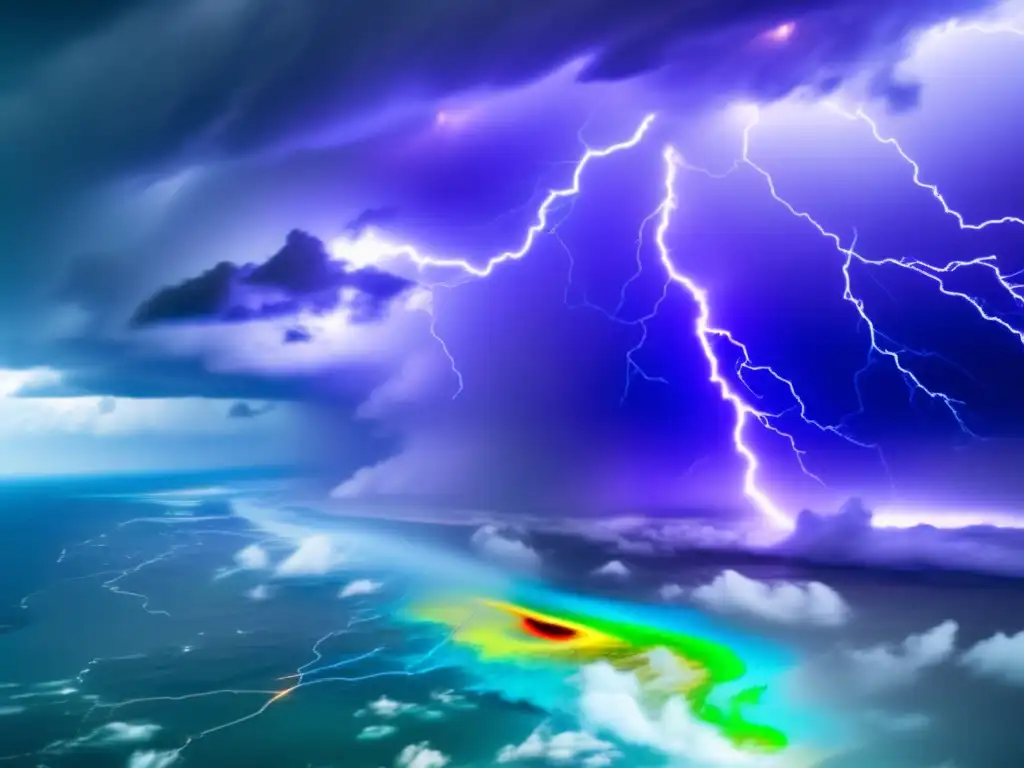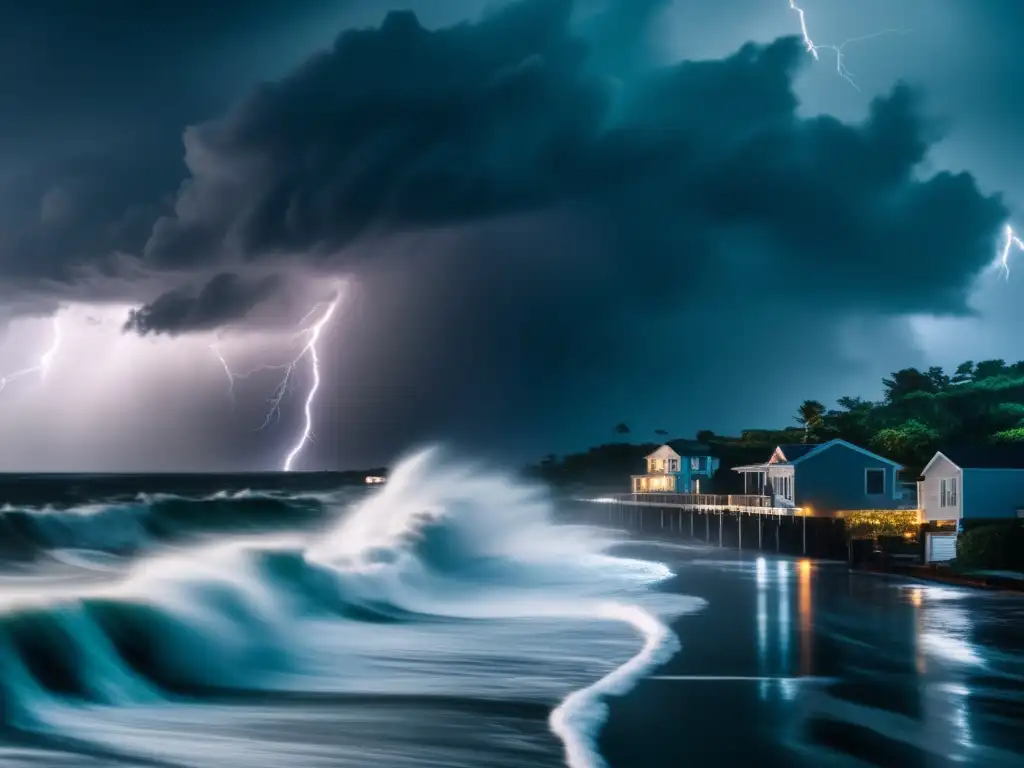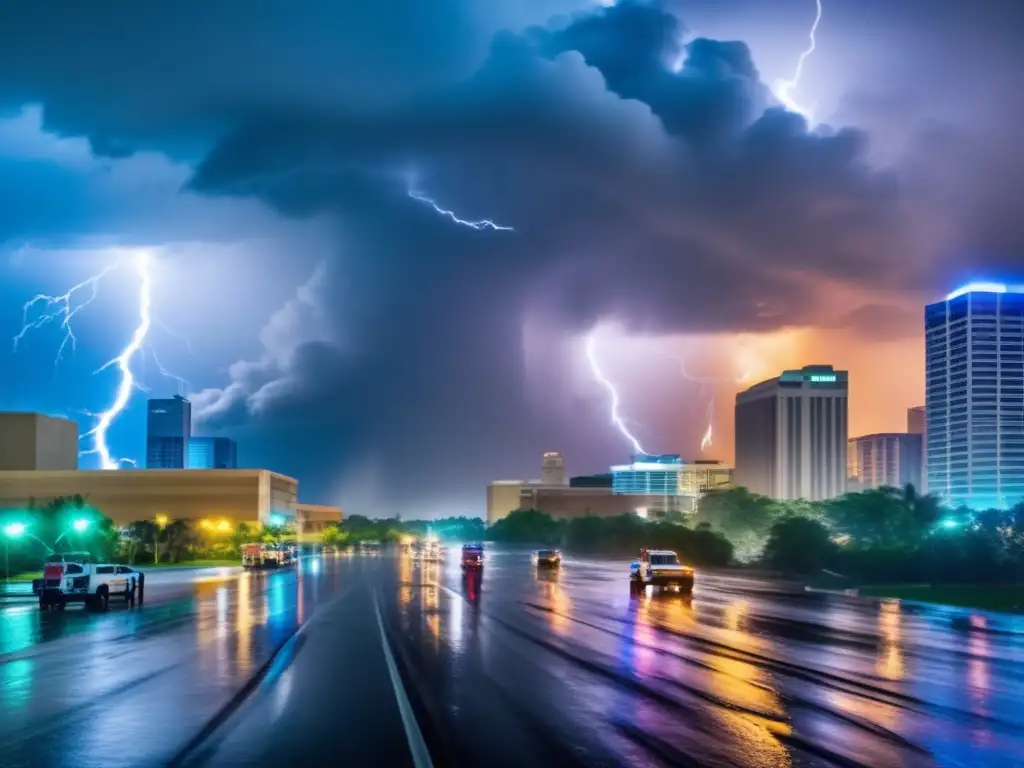What Do Hurricane Categories Really Tell Us?

What Do Hurricane Categories Really Tell Us?
Introduction
Hurricanes are one of the most destructive natural disasters. They are characterized by strong winds, heavy rains, and storm surges that can cause damage to infrastructure, property, and life. In an effort to help people prepare for these events, the National Hurricane Center has developed a system of categories to classify hurricanes based on their maximum sustained wind speeds. This system is useful in predicting the potential damage that a hurricane could cause. However, it is important to understand what these categories really tell us and what other factors can contribute to the overall impact of a hurricane.
The Meaning of Hurricane Categories

The Saffir-Simpson Hurricane Wind Scale is used to categorize hurricanes based on their sustained wind speeds. The categories range from 1 to 5, with 1 being the weakest and 5 being the strongest. Here is a breakdown of the categories and their corresponding wind speeds:
- Category 1: 74-95 mph
- Category 2: 96-110 mph
- Category 3: 111-129 mph
- Category 4: 130-156 mph
- Category 5: 157 mph or higher
It is important to note that these wind speeds refer to sustained winds, which are the winds that persist for at least one minute. Gusts, which are short bursts of wind, can be much stronger than the sustained winds. Additionally, it is important to remember that hurricanes can cause tremendous damage even if they do not fall into the higher categories. For example, Hurricane Harvey, which made landfall in Texas as a Category 4 hurricane, caused devastating flooding.
The Limitations of Hurricane Categories
While the Saffir-Simpson Hurricane Wind Scale is a useful tool in predicting the potential damage caused by a hurricane, it does have some limitations. One limitation is that it only takes into account the wind speed of the hurricane. Other factors such as storm surge, rainfall, and the size of the storm can also contribute to the overall impact of the hurricane.
Storm surge is the rise in sea level that is caused by a hurricane. It can cause flooding that is more destructive than the winds themselves. In fact, storm surge is responsible for more deaths during hurricanes than any other factor. The size of the storm can also play a role in the destruction it causes. A larger storm can cover a larger area, causing damage over a wider region. Finally, rainfall can contribute to flooding and landslides, which can be just as destructive as the wind.
Additional Factors to Consider for Hurricane Preparedness
When preparing for a hurricane, it is important to take into account all the potential factors that could cause damage. This means considering the potential impact of storm surge, rainfall, and other factors in addition to the wind speed. It is also important to have an emergency plan in place that takes into account the unique needs of your family, such as pets or medical conditions. Ensuring that you have enough supplies on hand and that your home is properly secured can also make a big difference in mitigating the impact of a hurricane.
Frequently Asked Questions

-
Do all hurricanes fall into one of the five categories?
No, hurricanes can have sustained winds below 74 mph and are not classified under the Saffir-Simpson Hurricane Wind Scale.
-
Are higher category hurricanes always more dangerous than lower category hurricanes?
Not necessarily. Other factors like storm surge, rainfall, and the size of the storm can contribute to the overall impact of the hurricane.
-
How should I prepare for a hurricane if I live in a coastal area?
You should have an emergency plan in place that considers the potential impact of storm surge as well as wind speed. Ensure that you have enough supplies on hand, that your home is properly secured, and that you have a means of evacuation if necessary.
-
Can hurricanes be predicted with 100% accuracy?
No, while meteorologists use advanced technology and modeling to predict the path and intensity of hurricanes, there is always some degree of uncertainty involved.
-
Is it safe to evacuate during a hurricane?
In general, it is safer to evacuate your home if you are in a coastal area or in a location that is prone to flooding. Follow the advice of local authorities and ensure that you have a clear evacuation route planned.
Conclusion
In summary, while hurricane categories can be a useful tool in predicting the potential damage caused by a hurricane, they are not the only factor to consider. Storm surge, rainfall, and the size of the storm can all contribute to the overall impact of a hurricane. It is important to have a comprehensive emergency plan in place that takes into account all these factors. By staying informed, preparing for the worst, and taking action when necessary, we can better protect ourselves and our communities from the devastating impacts of hurricanes.
Thank you for taking the time to read this article. Please share your thoughts and comments below, and be sure to check out our other resources on hurricane preparedness.
Additional Resources

 Dealing With Hazardous Materials During And After A Hurricane
Dealing With Hazardous Materials During And After A Hurricane Famous Landmarks Damaged Or Destroyed By Hurricanes
Famous Landmarks Damaged Or Destroyed By Hurricanes The Connection Between The Moon And Hurricanes
The Connection Between The Moon And HurricanesIf you want to discover more articles similar to What Do Hurricane Categories Really Tell Us?, you can visit the Basic knowledge about hurricanes: category.
Leave a Reply

Articulos relacionados: